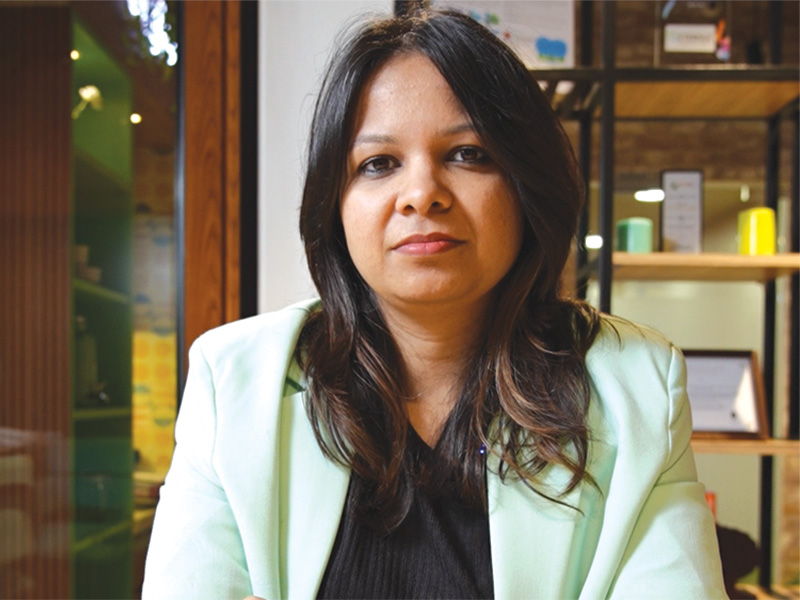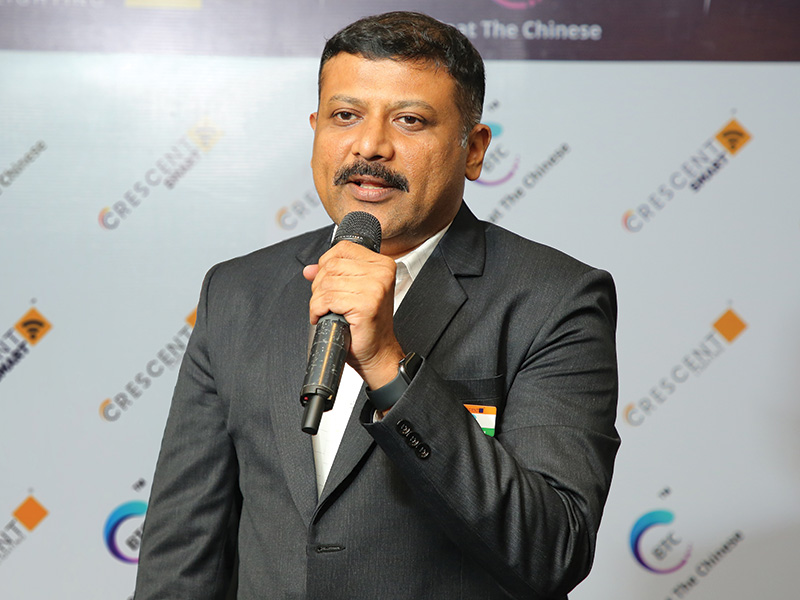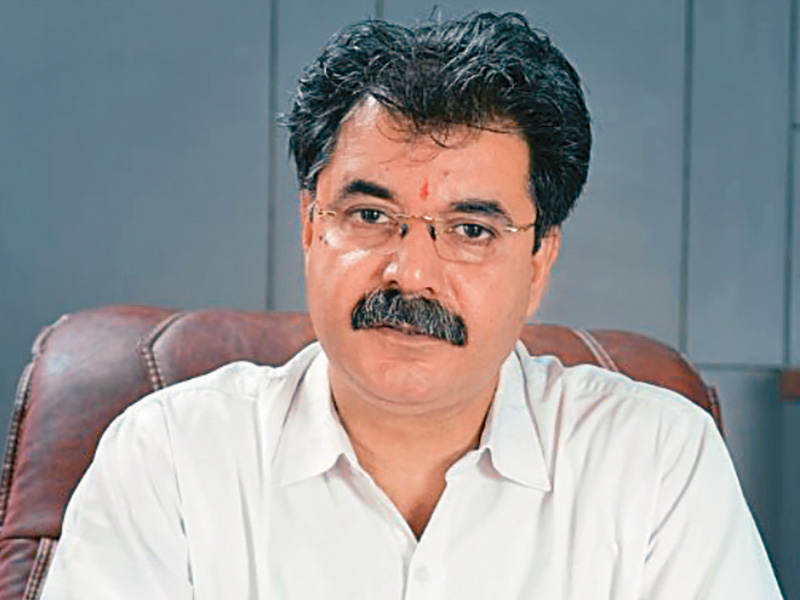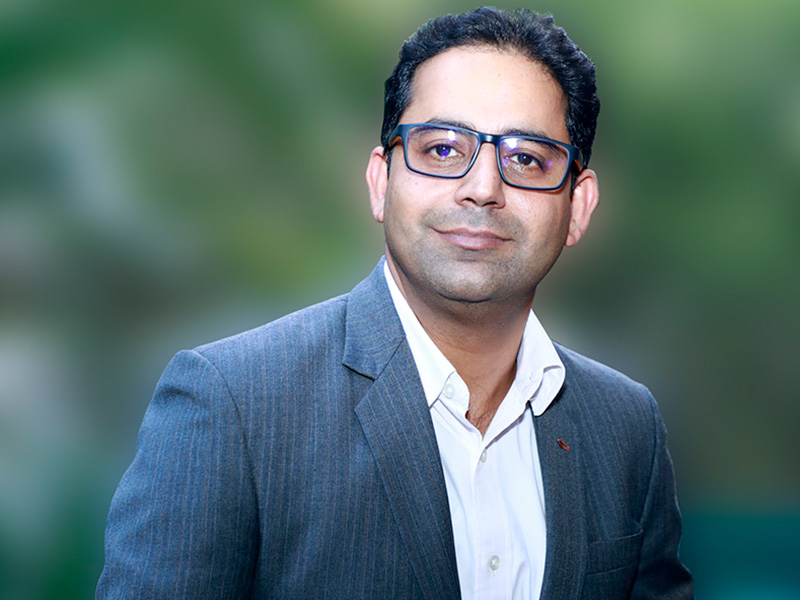
How is the tensile fabric contributing to sustainable architecture of the future?
Tensile architecture being lightweight, is a potential answer to our problem of limited resources and rapidly increasing global population. See the very interesting article from Werner SOBEK Details 1/18 "Building for the world of tomorrow" with mind puzzling figures! The solution envisaged by Werner Sobek goes even further with ultra-light structures.
Tensile facades prove to be very useful for renovation work because again of their lightweight and flexibility they can be added on to the existing façade with minimum additional weight, and have the capacity to span over large surfaces with minimum secondary structures, plus, they can adapt to any custom geometry.
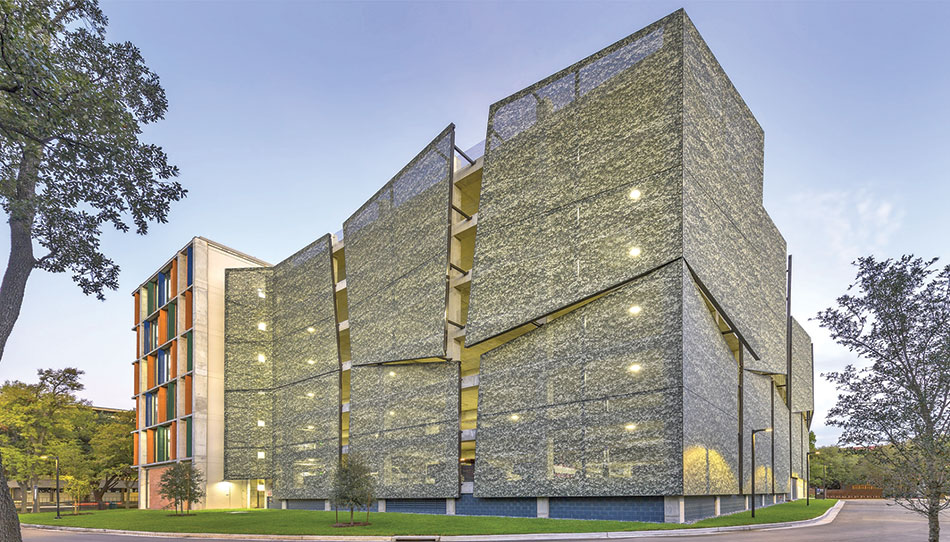
What are the challenges and precautions one needs to take when designing a roof or skylight with tensile fabric?
One needs to make sure that the requirements of the clients are well understood and then choose the right professionals who have the experience and expertise in tensile architecture. These include membrane consulting engineers, specialized fabricators, and specialized installers. This chain of expertise does exist in India; Indian professionals are recognized not only nationally but also internationally and are able to conduct such projects overseas.
One of the key elements is that the tensile membrane is not only a cover material but a tensile element of the building which is able to take stress and which in turn generates loads and stresses onto the frame structure with a requirement to maintain permanent tension. Therefore, the membrane study must be carried out very early on in the process before finalizing the frame study.
The material chosen must be really predictable and consistent to strictly comply with structural analysis and avoid any uncontrolled elongation or creeping overtime, which could generate unexpected and potentially hazardous sagging, water pockets and retention. Dimensional stability is proven through various standards and tests, which need to be clearly required in the specs.
How safe is a tensile structure from fire and does it pose a risk to evacuation of a building during an emergency?
This is a very wide question and of course fire safety needs to be addressed in detail for each building configuration and environment according to the national standards. But as a generic answer we can clearly state that the various flexible composite materials do pass a large spectrum of fire standards and tests worldwide to comply with building codes. This is why tensile is accepted for large scale buildings.
Surface treatment of tensile fabric has been enhanced to increase resistance to dirt build up; service life is exceeding 30 years; transparency is enabling see-through visibility to challenge glass; and there are multiple layer solutions for thermal performance of fully enclosed buildingsBasically, we can say that flexible composite materials of different nature (glass or polyester-based cloth) have the following behaviour in case of fire: limited combustion/degradation and self-extinction. In other words, they do not contribute to spreading the fire and limit the ruin of the building to the actual fire location. This is illustrated by standardized full scale fire tests.
There are no flaming drops (that is, no risk of flaming debris falling); self-venting effect, that is, when the material burns in contact with the fire, the hole generated in the roof does allow the smoke and gas to escape through the roof, which contributes to public safety.
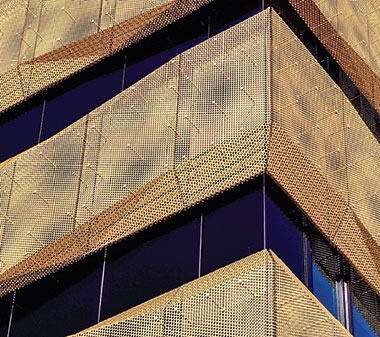
Material suppliers have improved over the years. The surface treatment of the material has been enhanced in order to increase the resistance to dirt build up and to facilitate cleaning, but let’s be realistic: self-cleaning materials do not exist!
Regular cleaning must be undertaken. The frequency of cleaning depends on the local pollution level and aesthetical expectation (different for residential and commercial buildings than for large transport facilities, for example). Some material suppliers offer specific detergent and bespoke cleaning procedures. The tensile structure contractors are also able to conduct cleaning operations with the right safety procedure because they know well the specificities of their buildings.
What innovations are being made in the tensile fabric so that architects and developers will be interested in using it in their projects?
There are a number of innovations being made to enhance its features. These include:
- Longevity: Service life is now well exceeding 30 years for XTREM TX 30 combining structural behaviour and aesthetics.
- Translucency: Transparency to let a maximum of natural light through and allow see-through visibility to challenge glass.
- Multiple layer solutions for thermal performance of fully enclosed buildings.







